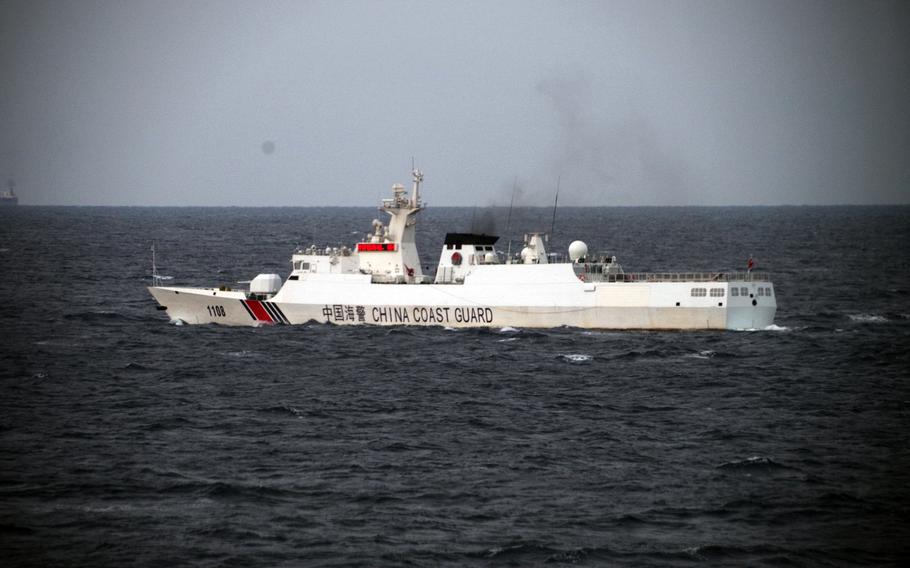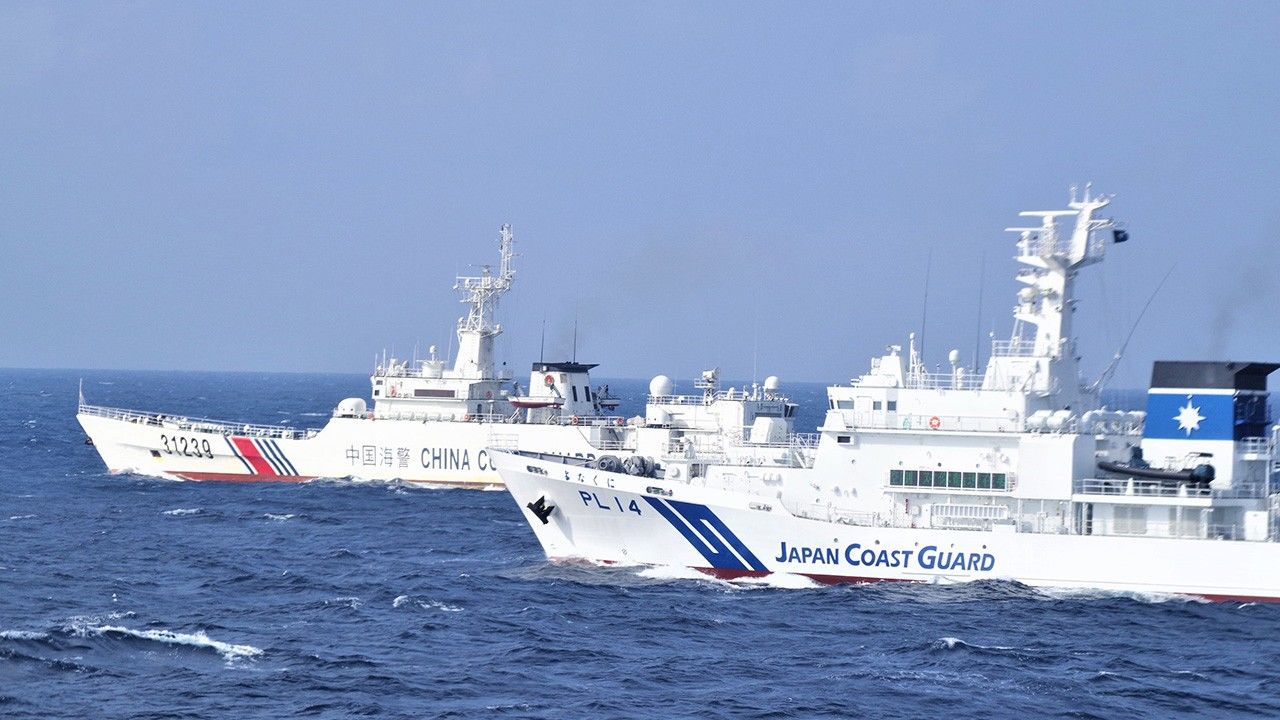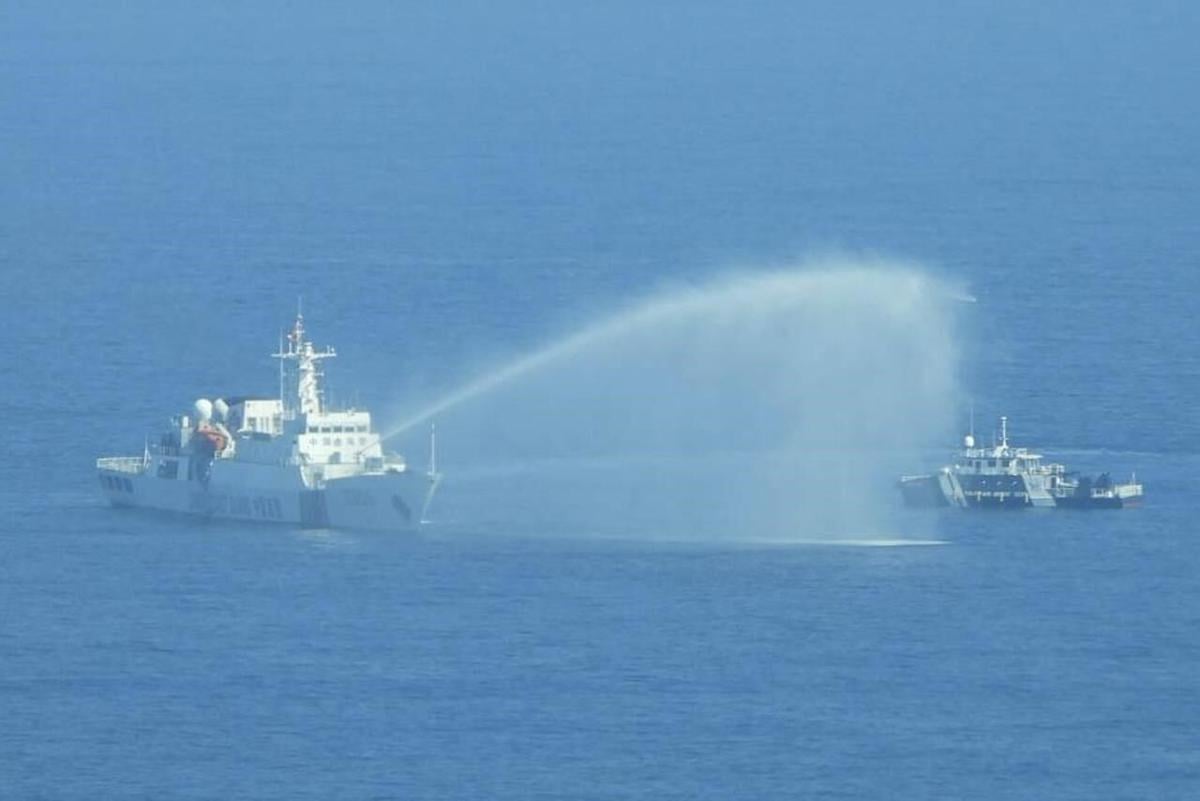For the 158th consecutive day, Chinese ships were spotted near the Japanese-controlled Senkaku Islands in the East China Sea, marking a fresh record in the territorial dispute.
The prolonged presence of Chinese vessels in these waters has added fuel to the simmering tensions between Tokyo and Beijing. The islands, known as the Senkakus in Japan and the Diaoyu in China, have been a contentious issue between the two countries for years.
The Senkaku Islands’ territorial dispute began in the early 1970s when China started asserting its claims over the islets following indications of lucrative gas reserves in the surrounding waters.
Japan, however, maintains that the Senkakus are its territory, citing historical and international legal grounds to support its claim. The dispute intensified in 2012 when Japan “nationalized” remote islets, leading to a sharp deterioration in bilateral relations.

On May 27, 2024, Japan’s coast guard reported sighting four Chinese Coast Guard vessels sailing in the “contiguous” zone adjacent to Japan’s territorial sea near the island chain. These contiguous waters extend 12 nautical miles beyond territorial waters, constituting a crucial area of contention.
The 158-day streak surpasses the previous record set in 2021 when Chinese ships were observed in the vicinity for 157 consecutive days until a typhoon forced their retreat.
Japan’s Chief Cabinet Secretary Yoshimasa Hayashi highlighted the gravity of the situation, labeling the continuous presence of Chinese boats as “extremely serious.” Japanese Prime Minister Fumio Kishida too, expressed his concern over the matter during a bilateral meeting with Chinese Premier Li Qiang in Seoul on May 26.
Kishida reiterated Japan’s stance and demanded the removal of a buoy installed by China within Japan’s exclusive economic zone near the Senkaku Islands. The talks took place in Seoul on May 27 on the sidelines of a trilateral summit with South Korean President Yoon Suk Yeol.
The summit marked a significant diplomatic event, albeit overshadowed by the escalating tensions in the East China Sea.
The record-breaking presence of Chinese vessels near the Senkaku Islands follows Beijing’s protest with Tokyo in April, which was triggered by the visit of a group of Japanese lawmakers to the disputed islands. The Chinese Embassy denounced the visit as “provocative,” further aggravating the strained relations between the two nations.
China’s Infamous ‘Cannons’ Threaten Stability
As stated earlier, four China Coast Guard (CCG) ships were recently observed sailing near Japan’s territorial waters. According to the Yaeyama Nippo newspaper, based in Ishigaki, one of the Chinese vessels was reportedly equipped with an autocannon.

All four ships were armed with machine guns. With the deployment of the vessels in the area, China appears to be interfering with Japanese fishing operations and, more importantly, strengthening its position on the international stage.
The continuous presence of CCG vessels near the Senkakus also heightens the risk of confrontations with the Japanese Coast Guard.
Lethal weapons are not generally used when such confrontations arise. However, the deployment of water cannons is a possibility. This is evidenced by incidents involving the Philippines, where CCG ships have regularly employed high-pressure water cannons against Philippine coast guard vessels.

These water cannon attacks have sometimes been so intense that they have caused significant damage, including breaking a steel railing and deforming a canopy on a Philippine Coast Guard vessel.
These confrontations typically occur when Philippine government ships attempt to transport supplies to the Sierra Madre, a rusted vessel strategically positioned on a vital shoal, which has become a focal point of tension between China and the Philippines.
China’s investment in enhancing its water cannon technology has added another layer of complexity to these maritime disputes. In April, Chinese scientists announced the development of the world’s first “smart” water cannon, leveraging artificial intelligence (AI) technology.
The Chinese researchers argued that traditional water cannons, despite their power, often suffer from accuracy issues, particularly in adverse sea conditions. The new smart water cannon addresses these challenges with Artificial Intelligence (AI) and advanced sensors.
The smart water cannon, equipped with a photoelectric camera and motion sensors, can automatically identify targets and adjust its power and trajectory. This advanced feature ensures precision even in adverse conditions, where conventional water cannons typically falter.
Once this “smart” water cannon technology is deployed, it could further escalate tensions. Countries like Japan, already embroiled in territorial disputes with China, could face increased challenges in safeguarding maritime territories and maintaining the security of their fishing operations.
- Contact the author at ashishmichel(at)gmail.com
- Follow EurAsian Times on Google News




